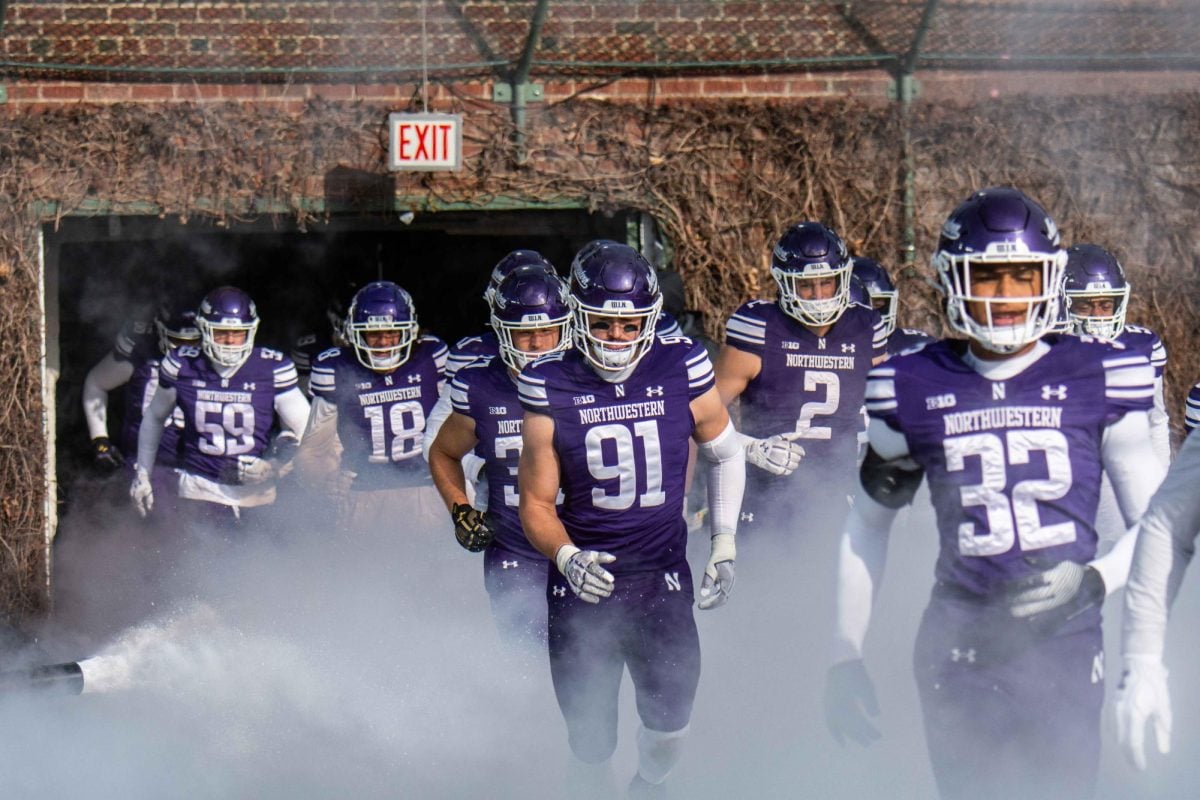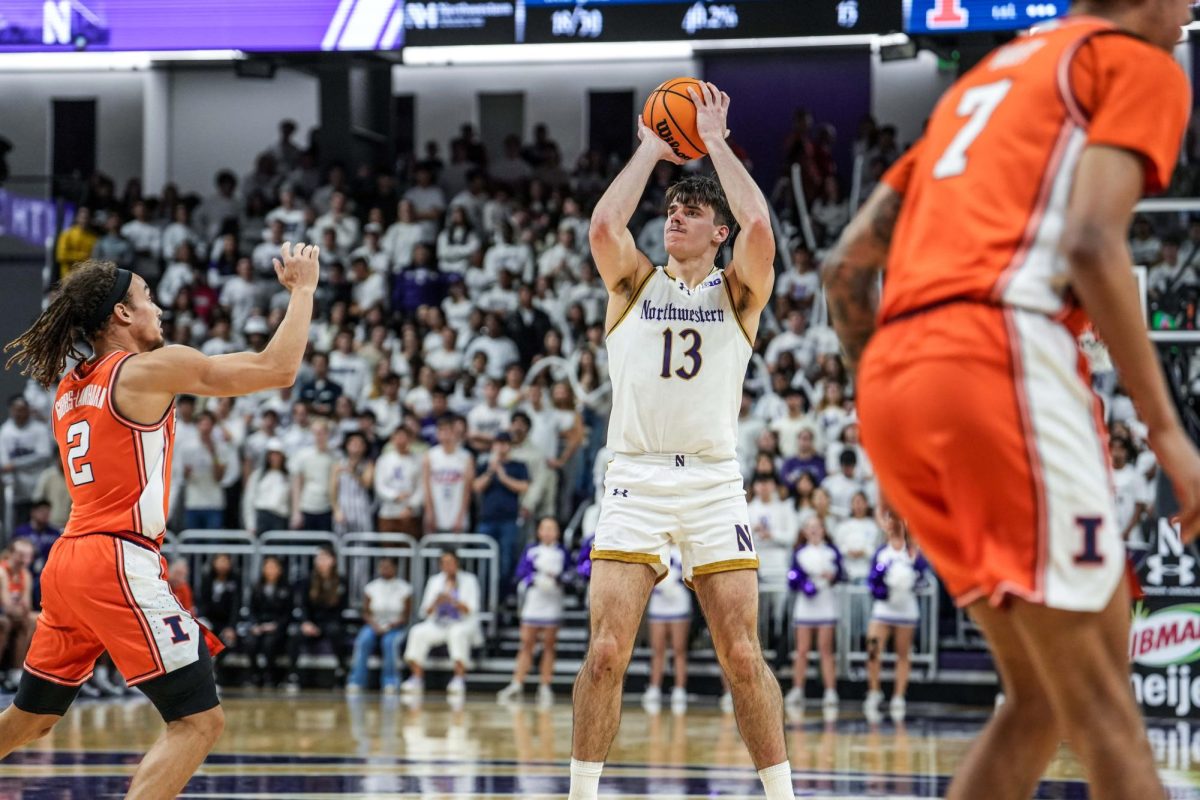EAST LANSING, MICH. – Pat Fitzgerald often uses the metaphor “fighting with two fists” to describe his football team, meaning two facets of the team must work in tandem to be successful.
Northwestern played out of its mind in the first half. This was particularly true for the defense, which stopped Michigan State on the goal line and then forced four three-and-outs en route to a first half shutout. And its best half of football came with Brendan Smith, Justan Vaughn and Ben Johnson injured, not to mention Corey Wootton played sparingly.
But the defense came back to reality in the second half. Pressure wasn’t getting to the quarterback as quickly. On third downs, Spartan wide receivers found holes in the defense. Less than 10 minutes into the second half, the Wildcats suddenly found themselves down 14-7.
And that’s when everything started to fall apart.
The Wildcats’ dink-and-dunk offense is not built to come from behind and win football games. It prides itself on its speed, yet is highly ineffective in two-minute drills. It’s like what led to the Miami Dolphins’ loss against the Indianapolis Colts on Monday Night Football a few weeks ago: Gaining small chunks of yardage is great – until you urgently need to score.
And don’t look to the Purdue win as evidence the offense can stage a comeback. Credit goes to the defense and special teams for forcing six turnovers and giving the offense short fields to work with. Even then Stefan Demos had to boot four field goals when the offense stalled.
The Cats are most effective when their defense delivers the first punch and the offense uses that opening to deliver the finishing blow. But with the defense forcing only one turnover against the Spartans, the opening never came. The offense was left to fend for itself, and it became clear what happens when the game is left in the offense’s hands.A combination of penalties, drops and pressure on the quarterback put the dink-and-dunk offense in long-yardage situations. When the game was on the line, Kafka fittingly found Markshausen for only eight yards on fourth-and-10.
“The dinking and dunking, it gets kind of old,” Michigan State linebacker Eric Gordon said. “It’s a great thing for an offense to do. It wears down the defense. But they’re going to get tired, too, they’re out there just as long as we are, and they’re going to end up making mistakes.”
Much has been made of the continued absence of any semblance of a running game for NU, and for good reason. Without a running game, teams are going to drop back in coverage, and the underneath routes are going to be the only ones open. Fitz’s decision to abandon the running game is a double-edged sword – sure, it might pay off on short passes to Markshausen, but when the team needs vertical passing plays and playaction is not an option, the offense stalls.
A solid running game also means draining the clock when NU has the lead. Although the Cats were never in that situation this game, in the future against teams like Illinois and Indiana – teams that NU figures to have a lead against – the offense needs to manage the clock and hold on for the win.
Captain Cat prides himself on the team’s competitive depth, but it’s not realistic to expect the defense to be the strength of the team with so many injured starters. That means the Cats have to strengthen their offensive “fist.” NU should be able to count on its offense to stage a comeback or preserve a lead late in the game.
The spread offense is supposed to be a dynamic, explosive system that puts points on the board. NU’s offense spreads horizontally, compared to the vertical spreads of Florida and Texas Tech. That doesn’t bode well for moving the chains.
If the Cats want to retain hope of making a bowl game, their offense has to mix in more uppercuts with their jabs.
Deputy sports editor Brian Chappatta is a Medill junior. He can be reached at [email protected].






